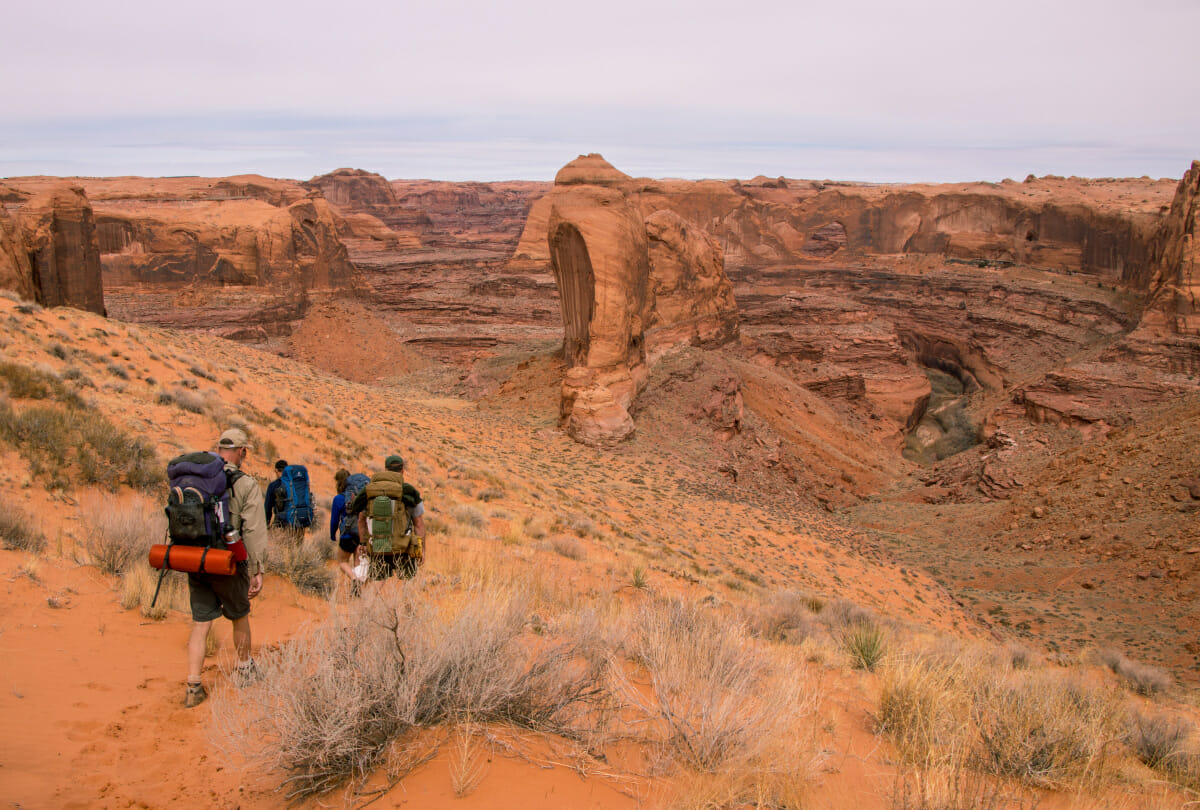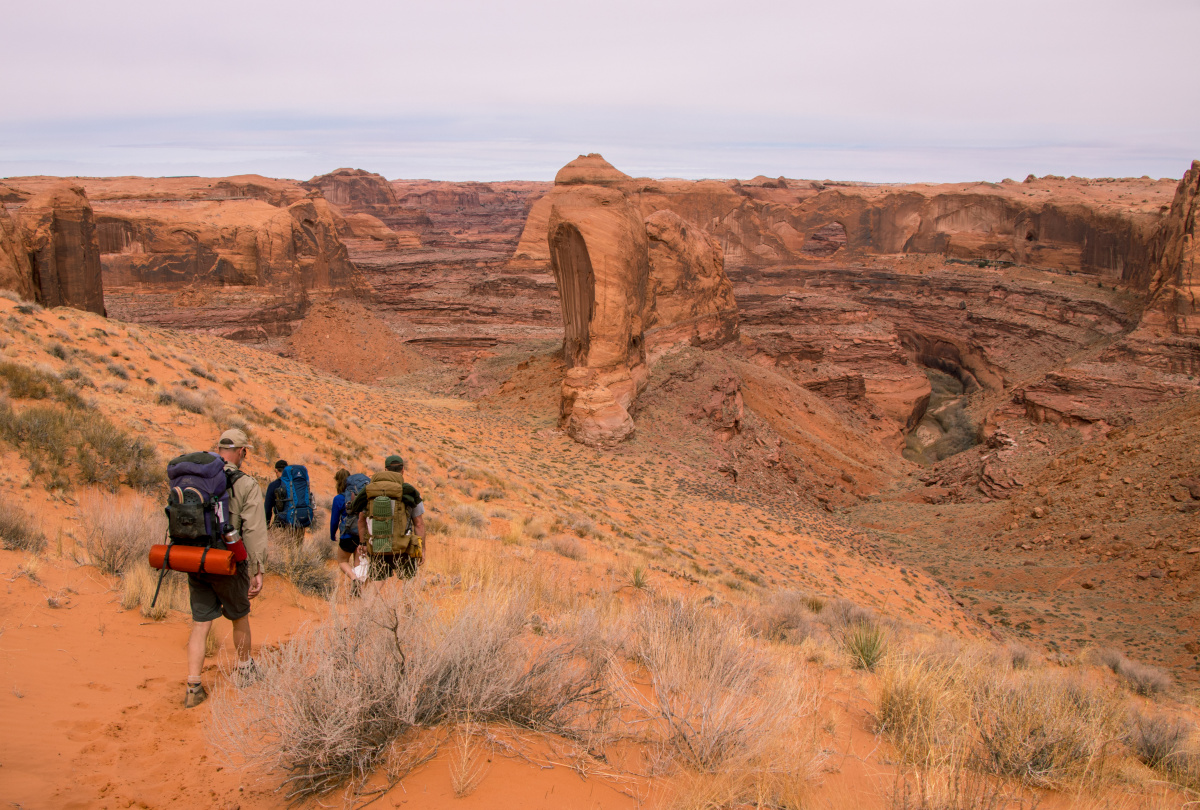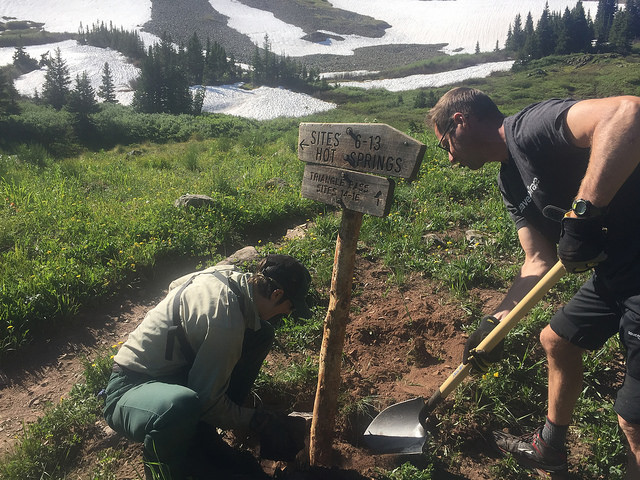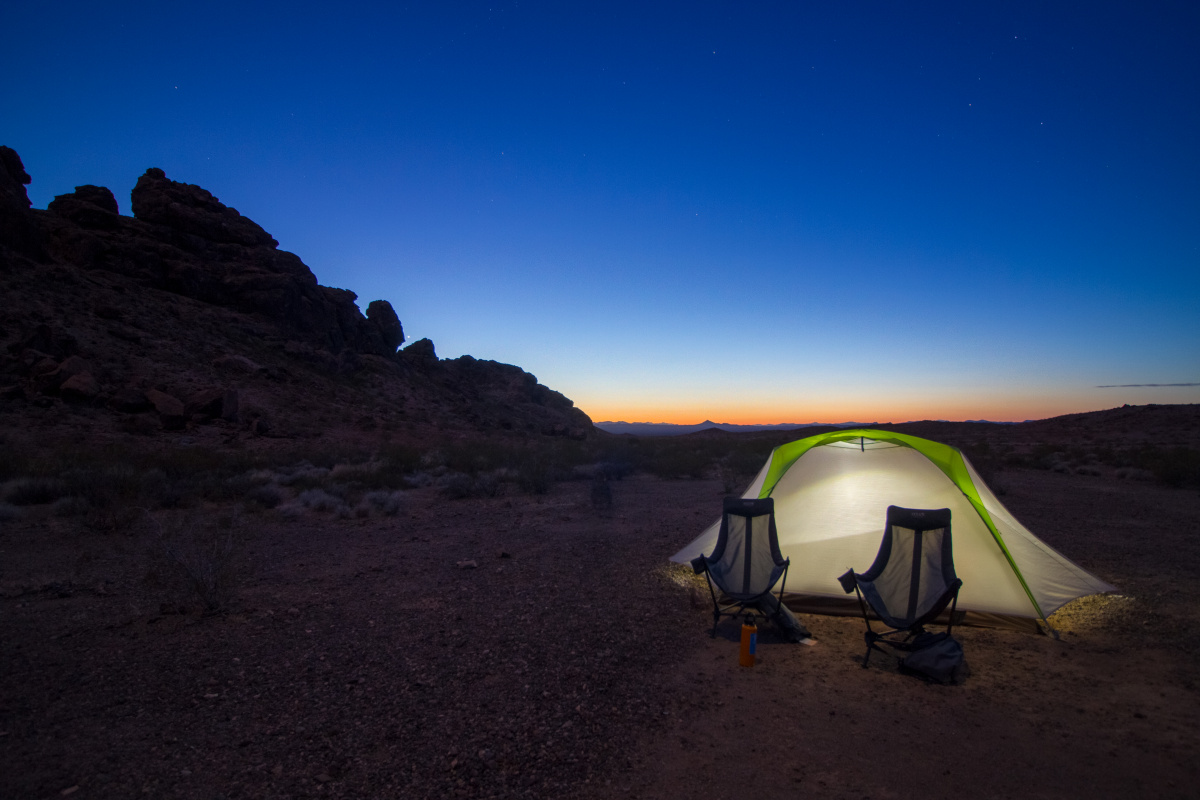News & Updates
Fees vs. Taxes: Feed the Iron Ranger


Loma Mar, California: Ever hiked right past that “Iron Ranger,” one of those tamper-resistant fee boxes found at a day-use area, trailhead, or campground, and thought, “I pay my taxes, don’t I?” It’s true that tax revenues help fund our public lands, but as a percentage of the federal budget, we’re not talking about a lot of your tax money. Let’s say your family paid $7,000 in federal taxes last year. According to our modest calculations,[1] you’ll have contributed $5.38 toward the National Parks’ budget and $8.49 toward the U.S. Forest Service budget. And, with wildfire suppression costs up from 13% to 50% of the U.S. Forest Service’s budget over the past 20 years, that means only about $4.25 is going to anything other than putting out wildfires.

Leave No Trace’s seventh principle is “Be Considerate to Other Visitors,” and by paying your recreation fees, you’re doing your part to keep the lights on, roads paved, rivers bridged, trash removed and toilets cleaned. Up to 90% of public lands visitation takes place in frontcountry settings – areas that have parking lots, bathrooms, trash cans, etc., and, consequently, the vast majority of public infrastructure. If you’ve ever thrown your trash in a trailhead trash can, used a toilet, enjoyed walking across a bridge over a gushing stream, or noticed a new bench-cut trail or freshly sawed tree trunk from the middle of said trail, then you’ve probably benefited from site-specific recreation fees.

While only a small percentage of the total operating budget, recreation fees are important for keeping the your favorite public lands in good working order. According to the Federal Lands Recreation Enhancement Act, at least 80% of your fees must stay at the location where they are collected, which is a far higher concentration than your tax dollars, which are spread throughout the country’s parks and forests. And this number is typically much higher – the U.S. Forest Service reports that 95% of your fees are spent on-site. These projects include local education and interpretation, infrastructure improvement, maintenance, trail work, and facilities development, among other things. When you consider that the National Park Service has a maintenance backlog of $11.6 billion and that the U.S. Forest Service’s stands at $5.5 billion, the collection of local fees appears even more vital to the continued sustainability of recreation on public lands. So, if you have that “special place,” happily pay your user fees, and encourage your friends and other visitors to do so as well.

Enjoy Your World. Leave No Trace.
Jessie and Matt
Leave No Trace's Jessie Johnson and Matt Schneider are part of the 2018 Subaru/Leave No Trace Traveling Trainer Program that provides free, mobile education to communities across the country. Proud partners of this program include Subaru of America, REI, Eagles Nest Outfitters, Deuter, Thule, and Klean Kanteen.
[1] Federal revenues and budgets are tricky things. If you’re a tax expert, you might arrive at different calculations, but no matter what, we’re not talking about a lot of money as a percentage of your federal taxes. If taxes paid were a sufficient basis for access, you’d be more entitled to a free flight in a fighter jet than entry to public lands.
Let’s protect and enjoy our natural world together
Get the latest in Leave No Trace eNews in your inbox so you can stay informed and involved.
